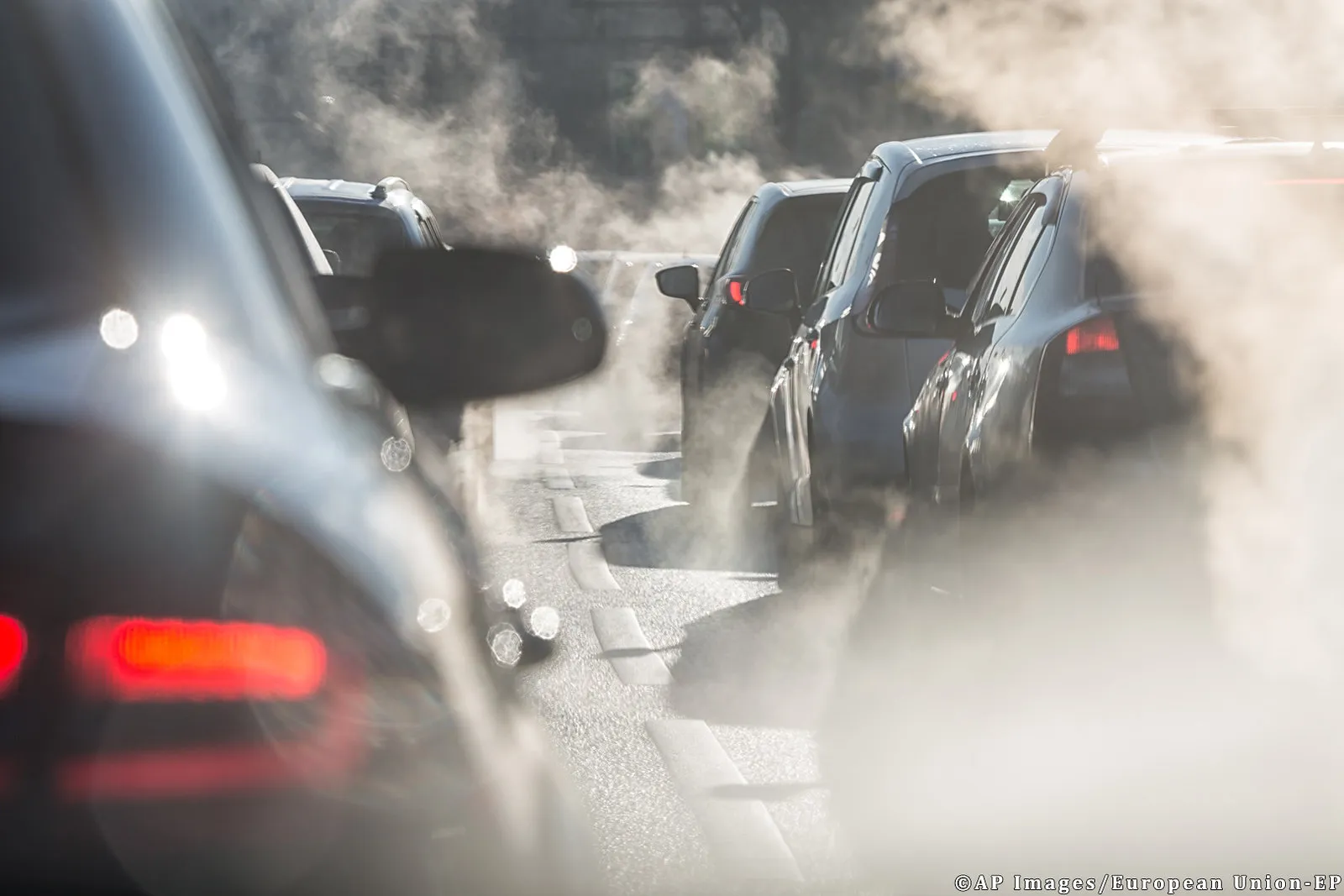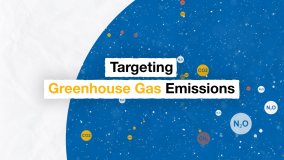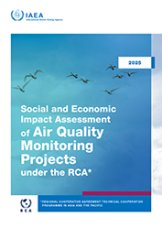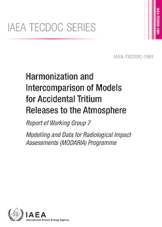The effects of greenhouse gases
Carbon dioxide and methane generated by industry and agriculture concentrate in the atmosphere and cause it to increase the absorption of infrared radiation warming up the atmosphere. This is commonly called the “greenhouse effect.” Some models predict that this warming is leading to changes including increased climatic variability and extreme weather conditions, such as floods and droughts. The full impact of high carbon dioxide concentrations in the atmosphere, however, is still uncertain.
Scientists use isotopes to study historical records, such as ice cores, to try to understand what the world was like under past temperatures and carbon dioxide concentrations. This in turn helps them predict future scenarios.
Using the isotope ratios of carbon, oxygen and hydrogen in carbon dioxide and methane, the IAEA can fingerprint the source and monitor the pathways of greenhouse gases in terrestrial and marine environments. This technique has found evidence of emissions caused by human activity in the most remote places of the planet. The measurements obtained through these experiments can be used to develop atmospheric models to monitor and predict changes to the global carbon cycle and climate.
The IAEA shares with its Member States research results and acquired knowledge, and provides them with training and reliable reference materials that can be used to calibrate instruments to precisely measure greenhouse gases. The Agency also makes available international stable isotope reference materials for carbon, oxygen and hydrogen.






